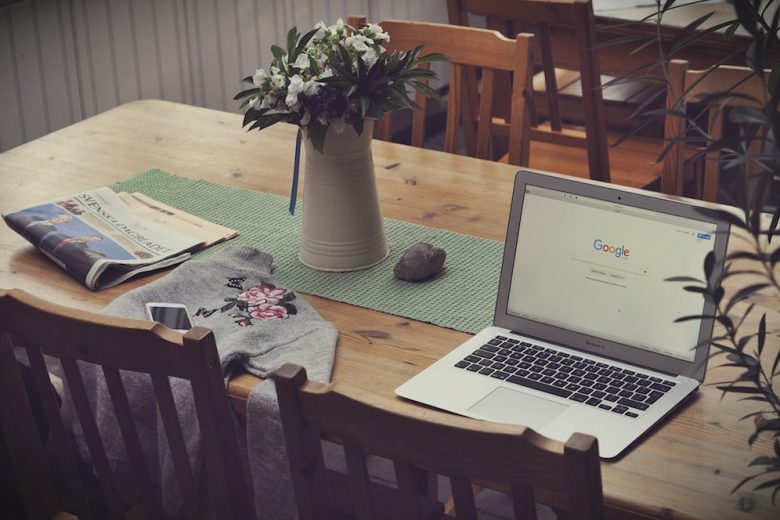How to set up a great home office workspace
Planning (or hoping!) to work from home? Here’s seven tips to help you set up a great home office workspace.
Can you ensure maximum productivity when working from home? Or are you easily distracted by clutter, noise, household chores… and a hundred other things?!
Creating the ideal workspace where home and work life are harmonious is possible. If you’re working from home or are about to start, you need to consider the practicalities of setting up a workspace which is comfortable and efficient.
How to set up a great home office workspace
Follow these tips and get started on creating the perfect home office.
1) Find your space
Ideally you’ll have a spare room you can convert into a home office, but for many people this is a luxury. Instead, they use a convenient corner in an already-used room, or even make space under the stairs. If you have the money and space, you could even convert a shed or build a home office in your garden.
Don’t worry if your workspace is carved out of the corner of a room; it’s not the actual space that matters, but what you do with it. If you’re feeling rather uninspired, we’ve got some tips here to help you liven it up.
2) Find a way to work around family
Will other people be at home during your working hours? If so, you need to be as far away from any noise or disturbances as possible. You also need to find a way to keep your workspace separate from your family (here’s how you can use a room divider to achieve this).
These are all lessons BBC reporter Robert Kelly has learned after being interrupted by his children live on air!
It’s not just your family who can distract you for from your tasks when you work from home. To ensure you’ve got all the right boundaries in place to work uninterrupted we recommend reading these tips.
3) Furnish your space
Once you’ve defined your space you’ll need to find furniture for it. You may have pieces at home you can use or adapt. Just make sure whatever you choose helps protect your posture.
As well as a desk and chair, you’ll need storage for items like books, ink, paper, stationery etc, to keep your workspace clear and give you the physical and mental space to work. You’ll also need adequate lighting.
4) Get equipped
The type of equipment you’ll need depends on your type of work. The basics would be a computer, printer and scanner. It’s also useful to have a smartphone specifically for business, which you can set to voicemail after hours.
Don’t buy expensive equipment to start with – you’ll soon find out what’s essential. And remember, if you’re going to be video calling or conferencing, your background should look uncluttered to avoid distracting the caller.
5) Pick your colours
The right workspace decor will lift your mood and inspire you. So if you’re decorating it, think about colour, texture and ambience. Here’s a quick guide to how colours can influence your mood:
- Blue is calming and can help you to feel relaxed.
- Yellow brightens your mood and energises you.
- White helps clear your mind and gives a feeling of space.
- Green helps to soothe anxiety.
- Purple is great for creativity.
- Orange is energetic and enthusiastic.
- Pink is calming.
Notice boards are great for uplifting photos and affirmations, which can help to inspire and motivate you, and some people like to burn scented candles or play music to encourage creativity.
6) Think about visitors
Do you ever need to meet clients or suppliers? And if so, do you have anywhere at home suitable to meet them?
If you don’t feel comfortable inviting someone into your home there are other options. Many co-working spaces and hotels have meeting rooms you can sometimes rent by the hour. Or you can arrange to meet in a local coffee shop if you fancy a less formal venue.
7) Test everything works
Once you have everything set up in your home office, it’s time to test you haven’t overlooked anything. So sit in your chair and imagine going through a normal work day. Ask yourself:
- Is everything I need to hand?
- Do I have to open drawers to find a pen or notepad?
- Do I have to stretch to get to a much-used reference book or filing cabinet?
- Can I see the clock without twisting around?
- Can I reach all the necessary switches?
If the answer to any question is “no”, then move what you need to its optimal position. The trick is to keep the most used items nearest, and the least used items farther away. A tidy office is a tidy mind, so keep it well organised and impress with your efficiency and ability to find information quickly.
And finally, enjoy your workspace and the exciting prospect of working from home!
Sue Pickford works for Intouch Accounting, the expert contractor accountancy firm for Limited Company contractors.
Photo by Agnieszka Boeske




